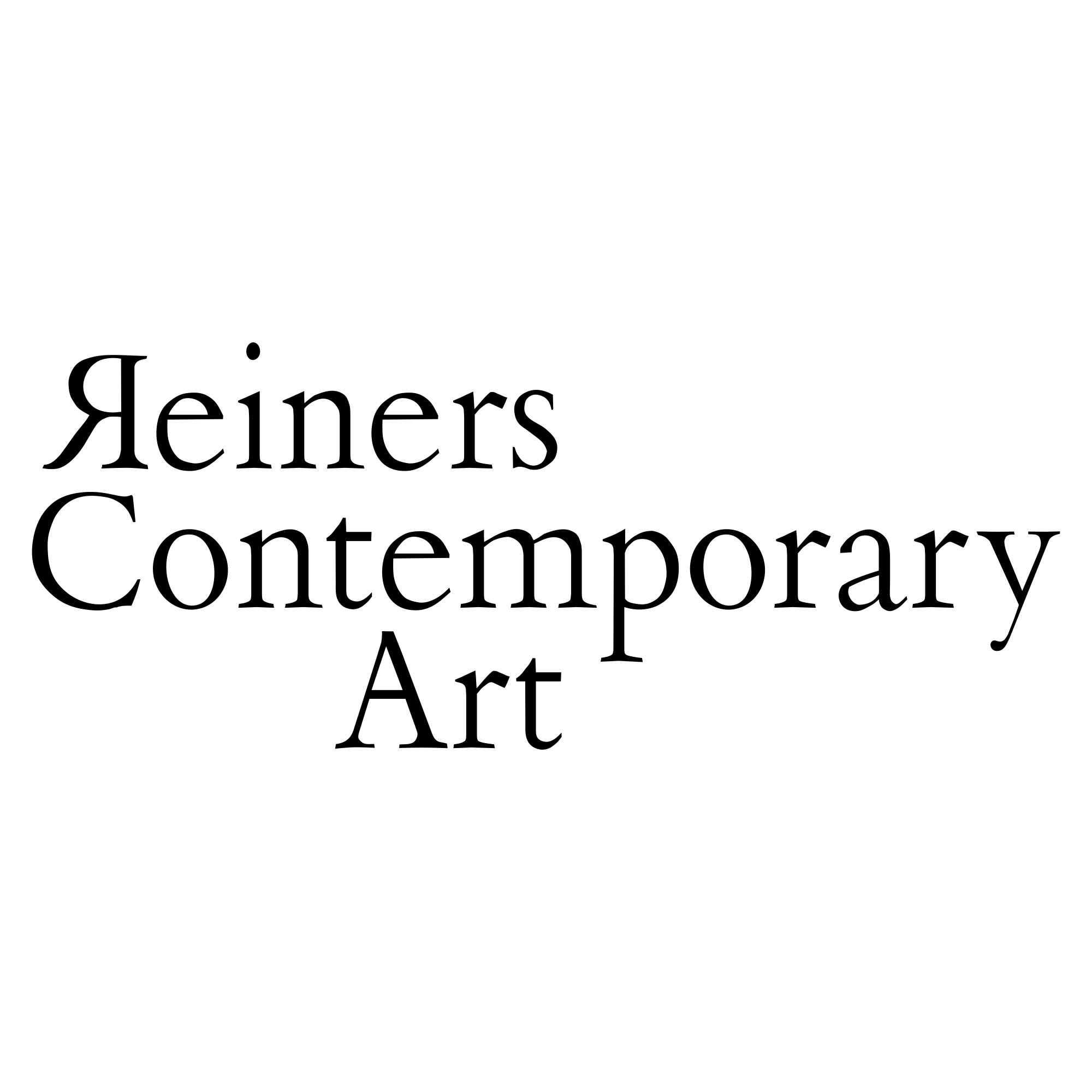We are talking about a painting that bleeds, that warns of the symptoms of human malaise and draws an x-ray of social unrest.
Éder Oliveira's painting is articulated around two distinct plot lines: the context of violence in the Latin American cultural sphere and the dialectic of the subaltern. We find a visual narrative that conveys with equal clarity the prevailing principles of drama and seduction. We are talking about a painting that bleeds, that warns of the symptoms of human malaise and draws an x-ray of social unrest.
Oliveira's work represents an important break with norms, a gesture of opposition and an act of denunciation. Activism is not only programmatic, just as political art cannot be reduced solely to performance. Oliveira's painting embraces the grammar of resistance and, at the same time, aligns itself with a systemic yearning for explanation. It speaks on behalf of the other, without turning the pain of others into contempt or a guarantee of media success.
In the age of selfies, the portrait has evolved to become the focus of his work. Oliveira appreciates the genre of the portrait as a "polyhedral" and "cubist" material, as a space with the right to speak of the self and the other, an area of investigation that - out of wonder and curiosity - facilitates the questioning of the capriciousness of the canon and of the regime that determines what is permitted and what is acceptable. His works reveal an emotional engagement with those contemporary visions of Amazonian and indigenous descent that constitute the pantheon of lateral subjectivity. They are penetrating surfaces, attesting to an almost arrogant versatility and an unusual sense of freedom. In short, they are a hymn to sovereignty.
From his interventions on urban walls, to his suggestive site specifics, to his easel paintings, all his works trigger in us something moving, the unacknowledged vertigo provoked by omnipresent violence. His works reveal a political and assertive beauty, pure necessary vehemence. The perplexity of these amplified countenances and their reflective quality refer to a culture anchored in the ecstasy of banality, which belies the sense of what is true and timely. These gigantic red planes can be interpreted as the open veins of a cultural hemisphere. A hemisphere that has always been the other, the cradle of otherness, the place where laughing and crying can be the same side of the coin.
Oliveira's work could undoubtedly be a monument to the legitimacy of the alternative and marginal.
Éder Oliveira was born in 1983 in Timboteua, in the Amazonian state of Pará (Brazil). He graduated in Artistic Education - Fine Arts at the Federal University of Pará. Since 2004 he has been developing works related to the question of cultural identity. Oliveira creates site-specific works, interventions and oil paintings on canvas.
Among his most outstanding group exhibitions are the 31 São Paulo Biennial (Ciccillo Matarazzo Pavilion, Ibirapeura, 2014), "Pororoca: A Amazônia no MAR" (Rio de Janeiro Museum of Art, 2014), "Amazonas, Cycles of Modernity" (Centro Cultural Banco do Brasil, Rio de Janeiro and Brasilia, 2012) and "The Triumph of the Contemporary" (Museum of Contemporary Art Rio Grande do Sul, 2012).
Oliveira has been awarded "The Lingen Art Award" (2016), "Bolsa Funarte de Estímulo à Produção em Artes Visuais" (2014), the Visual Arts Award of the Sistema Integrado de Museos (2008) and the 2nd Grand Prize of the Salones Arte Pará (2007). His works are in the collections of the Museu de Arte Contemporânea do Rio Grande do Sul, Casa das Onze Janelas, Museu da Universidade Federal do Pará and Museu de Arte do Rio de Janeiro.
Source Gallery Voss

